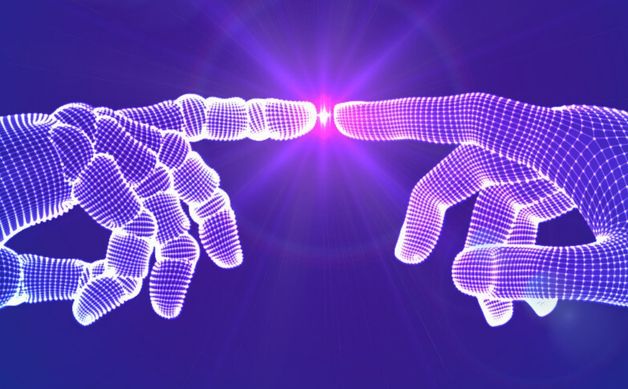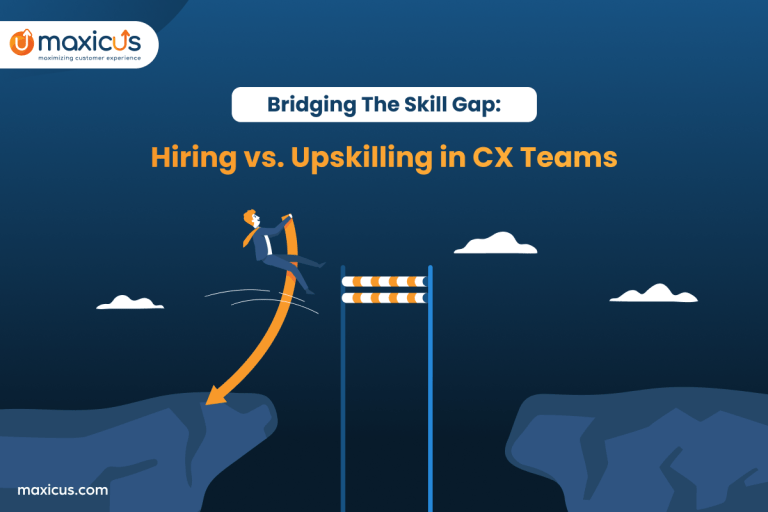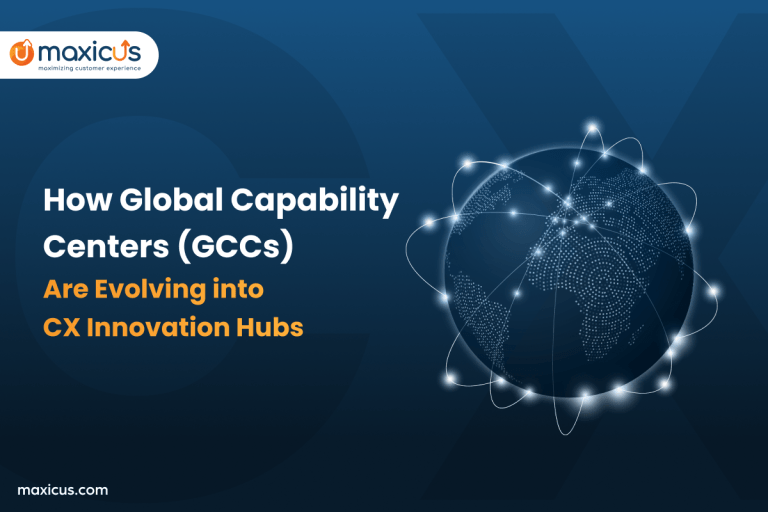Diving into the future of Phygital: Physical + Digital
Suppose you are looking forward to buying a new phone for an upgrade or to replace the existing one. We understand your hectic lifestyle doesn’t permit you to visit offline stores and feel the product anymore. Phygital customer experience to your rescue! Log in to your system, experience the new phone virtually and shop it. It has no hassle and complete convenience to shop from anywhere and anytime. Sounds interesting, doesn’t it? Let’s learn more.
The term phygital has been coined to define a trend of elevating unified physical and digital customer experiences. Phygital is here to stay and literally bring together the human sensory and experience of visiting stores with an ultra-personalized digital layer.
Physical + Digital is working together to offer customers; a completely seamless experience. The ultimate goal of integrating both these worlds is to get the best from each one and deliver unique and highly-personalized customer experiences that leave a long-lasting impact.
Stop, take a minute and realize how the digital world has slowly crept into our physical space. Take the example of smartphones and their impact today. In the same way, customers are expecting personalized digital dimensions that complement physical reality. Phygital not only enhances customer experience but also contributes immensely to their marketing efforts and allows more sales opportunities.
Modern customers are totally reliable on digital shopping practices, yet concurrently craving for physical experiences. Meeting the customer where they are, by bridging the gap of two worlds, i.e. physical and digital customer experience, is the crux of the phygital movement.
Phygital – Deliver A Personalised Shopping Experience at Home
The future trends: How brands are phygitalizing experiences?
Businesses, particularly the retail sector, are now embracing the phygital bandwagon, and designing and giving a phygital customer experience have become the way to breathe new life into the retail industry.
While 63% of shopping begins online (Source), 49% still prefer to shop in physical stores (Source). These reports only go to show that the FMCD sector has a lot to offer by leveraging the phygital phenomenon.
Consumers have experienced personalization and convenience by shopping online. However, when they venture out into a physical store, these expectations fall flat.
Here, phygital is filling the appetite of customers and supplementing value to brands at a lower cost. So, what has changed for brands, and how they will deliver the best phygital experiences?
Re-imaging stores
Some consumers shop online and some like to visit the stores, feel the product and then, proceed to buy. To a certain extent, the second option still remains.
Brands faced challenges to create an environment for customers where both the world can meet. The aim was to offer customers a store-like experience without having them to visit the stores. A digital experience that is, personalized and touches the physical convenience is going to be the next big thing. That’s how brands are redefining their stores and creating a space for customers where they can enjoy comfort and conviction.
Promoting the phygital point-of-view
With the advancement of technology, transparency has been established between brands and consumers. Gone are the days, when brands used to consider that ‘consumer is always right’ by any means. Sounds bold, but is true, isn’t it?
When customers buy online, they complain about products that do not match their expectations in terms of color, size, functionality, etc. And, in stores, they fully feel the product, experience it and then, buy it. Sadly, today, people have less time and are loaded with tasks.
Hence, phygital is the only alternative. The consumer can have a look, touch and feel the product virtually. Brands will be able to eliminate the previous complaints from customers as they will be able to experience the product virtually prior to purchasing. Instead of being mendacious on eCommerce platforms, brands are allowing customers to decide for themselves.
Targeting consumer emotions
The future of retail would be to drive consumer emotions to purchase. The upsurge in ‘mood retail’ has caught fire after the introduction of phygital. Having introduced to the experience of the product without visiting the store is going to be the biggest USP in the FMCD economy going forward. When they feel the product, it encourages them to buy. Companies are using these emotions to simulate product choices with an intuitive and immersive customer experience.
Success story of a Fortune 50 company generating 300M in sales revenue through virtual selling
Technologies and best practices of phygital CX
As we are still envisioning phygital opportunities, businesses have introduced phygital in customer service. Here are a few best practices in an effort to deliver phygital experiences.
AR glasses are the new eyes for customers
The innovation has introduced more usefulness of AR in customer experience. Augmented Reality ensures whether the product is perfectly convincing for customers by overlapping live video with products. It allows customers to see precisely how the items fit their preferences by providing close-to-real product visualization, be it the refrigerators, cloths or interior design products.
Suppose, while buying furniture people tend to become picky aesthetes and for them, purchasing it in-store can consume a lot of time. However, representatives using AR glasses during the live product demo through video call can help the customer choose the perfect fit sitting at home or anywhere. This is an excellent way to encourage confident purchase decisions.
Introduction of pro-phygital TFT or LED screens
As brands are bending their strategies to build a phygital market space, the use of TFT screens is evolving. Businesses are implementing it in live product demos as an integration of digital into physical.
For example, it is the display screen when you buy TV, smartphones and even clothes, phygitally. You can see different features of the item or even try different clothes at the same time virtually, with just one click. The forward-thinking future-ready brands are adapting to the customer’s needs and staying ahead of time.
Channel-free customer experience
Brands need to up their customer experience game to attract consumers and convert them into sales. With phygital innovations brands looking to offer face-to-face customer experiences, that build the brand’s credibility and fosters customer relationships. This makes the interaction so seamless without involving any other customer service channels. Phygital is the futuristic form of today’s omnichannel with greater possibilities; where consumers can come, shop effortlessly sitting at home, virtually experience the product, and become customers. This will truly be relevant if the customer requires remote after-sales service.
Transform your shopping experience with phygital retail
Concluding: Phygital ecosystem of untold possibilities
Today, people live phygital experiences in day-to-day life with no awareness of it. Gen Z and millennial consumers are at the forefront, thus, pushing businesses to transform their customer experience strategy to phygital. There are several methods to offer desirable phygital experiences to your customers such as setting up virtual stores, utilizing AR & VR tools in customer service, live product demo through video calls, and many others.
Facing challenges with how to build the perfect phygital customer experience ecosystem? Connect with us without a second thought right now. Let’s take your business to the next level.










